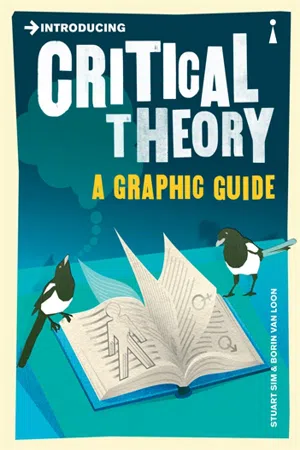
- 176 pages
- English
- ePUB (mobile friendly)
- Available on iOS & Android
About This Book
What might a 'theory of everything' look like? Is science an ideology? Who were Adorno, Horkheimer or the Frankfurt School? The decades since the 1960s have seen an explosion in the production of critical theories. Deconstructionists, poststructuralists, postmodernists, second-wave feminists, new historicists, cultural materialists, postcolonialists, black critics and queer theorists, among a host of others, all vie for our attention. Stuart Sim and Borin Van Loon's incisive graphic guide provides a route through the tangled jungle of competing ideas and provides an essential historical context, situating these theories within tradition of critical analysis going back to the rise of Marxism. They present the essential methods and objectives of each theoretical school in an incisive and accessible manner, and pay special attention to recurrent themes and concerns that have preoccupied a century of critical theoretical activity.
Frequently asked questions
Information
The Theory of Everything
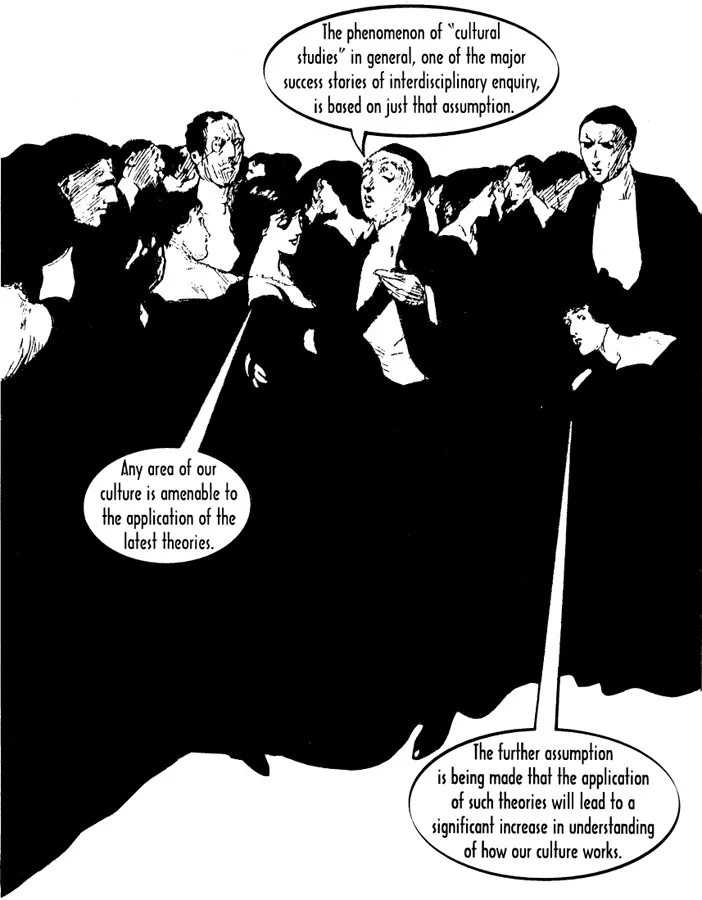
Any area of our culture is amenable to the application of the latest theories.
The further assumption is being made that the application of such theories will lead to a significant increase in understanding of how our culture works.
The Grand Narrative of Marxism
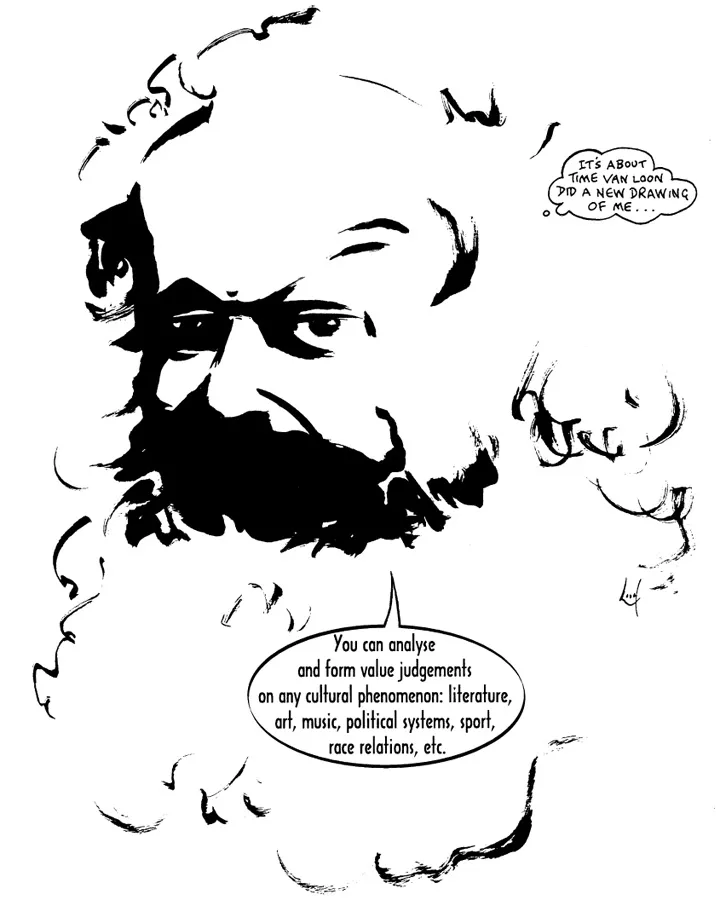
you can analyse and form value judgements on any cultural phenomenon: literature, art, music, political systems, sport, race relations, etc.
The Politics of Criticism

Nor that critical theory should be kept separate from the world of politics.
We cannot assume that any criticism is a “value-free” activity.

In the theory world at present, it is very much a consumer’s market.
Bringing Theory to the Surface
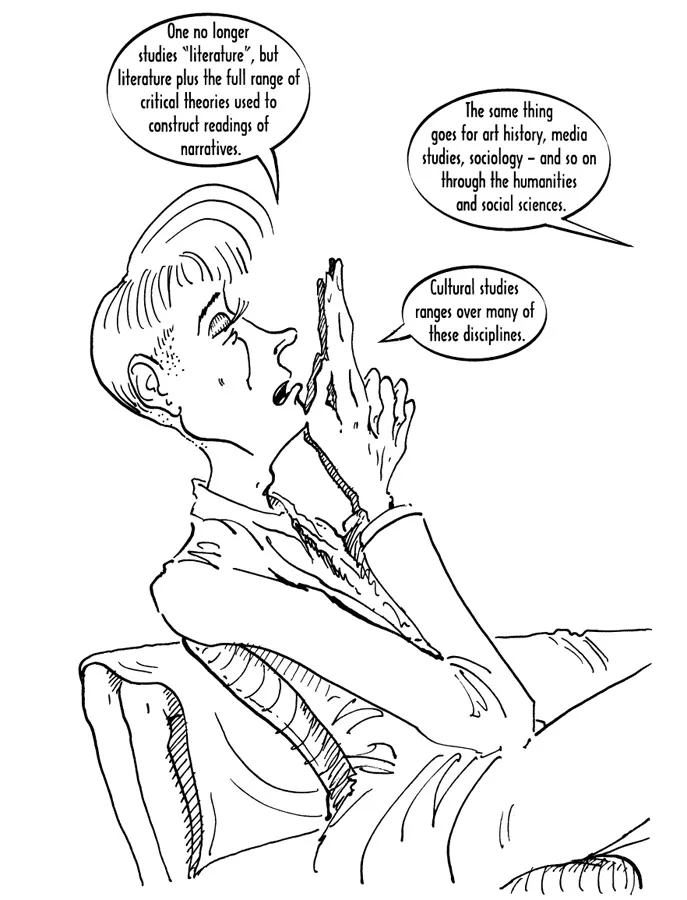
The same thing goes for art history, media studies, sociology – and so on through the humanities and social sciences.
Cultural studies ranges over many of these disciplines.
Hidden Agendas and Ideologies
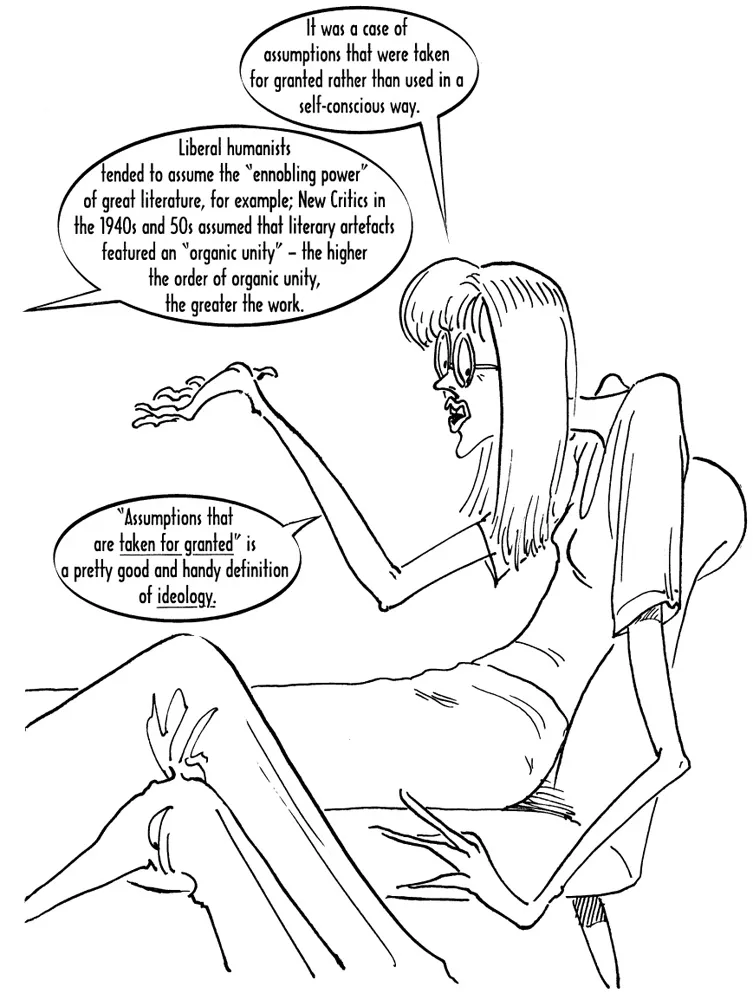
Liberal humanists tended to assume the “ennobling power” of great literature, for example; New Critics in the 1940s and 50s assumed that literary artefacts featured an “organic unify” – the higher the order of organic unity, the greater the work.
“Assumptions that are taken for granted” is a pretty good and handy definition of ideology.
Theoretical Reflexivity

The final mark for one’s work will reflect the degree of success in articulating, and then applying, the theoretical “line” as much as anything else.
Science Studies: the Paradigm Model
Table of contents
- Cover
- Title Page
- Copyright
- Contents
- The Theory of Everything
- Further Reading
- Glossary
- Index